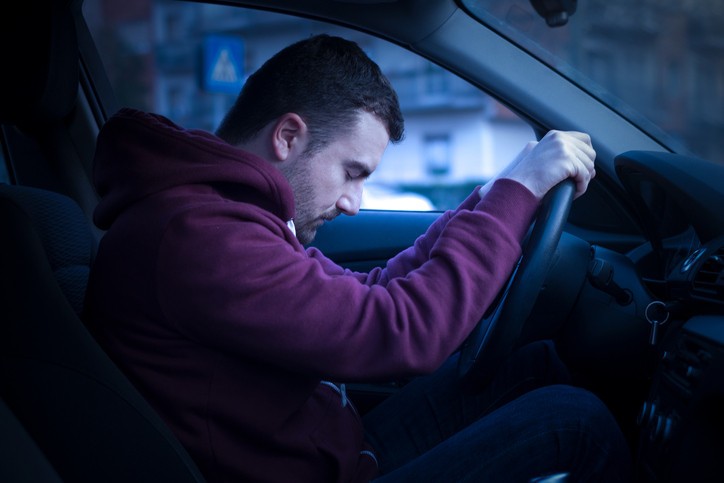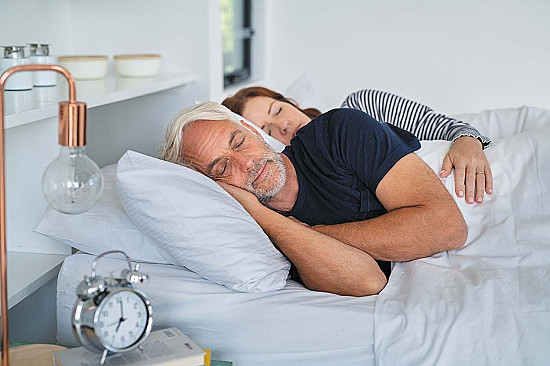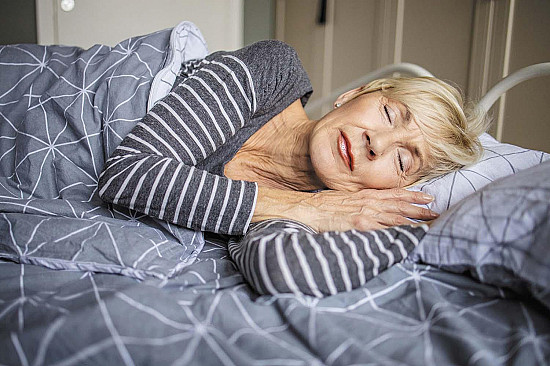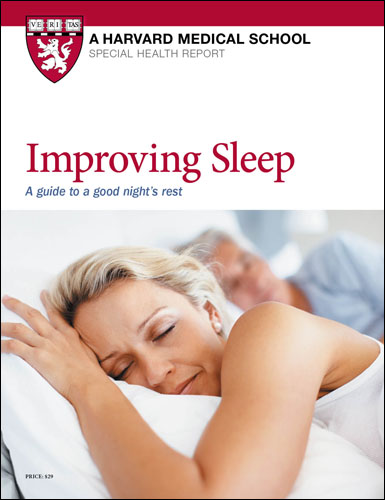Sleep driving and other unusual practices during sleep

Most people have talked or walked during sleep at some time in our lives. However, some people exhibit more unusual complex behaviors while asleep, including eating and driving. These types of behaviors, called parasomnias, come about when parts of our brain are asleep and other parts awake at the same time. Parasomnias, while generally considered normal in a healthy child, can be a cause for concern when they develop in adults. Earlier this year the FDA issued a “black box” warning for the sleep medications eszopiclone, zaleplon, and zolpidem, given reports of sleep behaviors that resulted in injuries from falls, car accidents, and accidental overdoses related to their use. The FDA also notes that all medications used to promote sleep reduce alertness and may cause drowsiness the following day, which may impair your ability to drive.
Common parasomnias and why they happen
Traditionally, parasomnias are categorized by whether or not they occur during rapid eye movement (REM, or dreaming) sleep.
REM sleep behavior disorder: During REM sleep the body is paralyzed; however, with REM behavior disorder, our bodies are no longer paralyzed, and thus people with this disorder act out their vivid dreams during sleep. Comedian Mike Birbiglia publicly made his dramatic and dangerous story of his experience with REM-behavior disorder part of his comedy routine.
Non-REM parasomnias: Parasomnias occurring in other stages of sleep are categorized as disorders of arousal. Night terrors, sleepwalking, and confusional arousals (also called “sleep drunkenness”) fall under disorders of arousal, which occur when a person has minimal cognition, though they may appear awake with their eyes open. Abnormal sexual activity while asleep, and without intention or thought, is one type of confusional arousal. Typically patients have no or minimal recall of the event. Non-REM parasomnias usually occur during the first third of the sleep period, in deep (slow wave) sleep. They are often triggered after sleep deprivation (which increases the length of time in deep sleep), stress, or sleep disorders such as sleep apnea.
Sleep-related eating disorder: This condition involves episodes of eating while asleep, when people generally have no recollection of the foods they eat. During a sleep-eating episode people often eat peculiar items, such as unprepared or pet foods, or nonfoods such as cigarettes, cleaning products, or books. Sleep-related eating is associated with certain sleep medications, and it may also be associated with other sleep disorders, particularly restless legs syndrome.
Who is at risk for developing a parasomnia?
- Genetic factors play a role in sleepwalking. If your parents are sleepwalkers, you have a higher risk of this behavior.
- REM behavior disorder is extremely common in patients with certain neurogenerative diseases, such as Parkinson’s disease.
- Common sleep medications, such as those in the FDA black box warning, as well as some antidepressants, antianxiety, and antipsychotic medications, have also been linked to parasomnias, including sleep-related eating disorder.
Black box warnings are significant, so what do if you’re taking a sleep medication and are concerned?
If you are using a medication that now has a warning, and you have experienced an unusual sleep behavior, you should contact your physician and they can work with you on how and when to adjust your medication. You should continue to review your doses with your physician, and use the lowest effect dose. The FDA recently changed the recommended doses of zolpidem and eszopiclone, since they may reduce alertness the next morning. Studies have shown that people may have difficulty with coordination and memory, which correlate with the ability to stay in a driving lane after taking the medications, but people may not be aware that they were impaired.
If you are concerned about medication side effects, you should discuss other options for treatment for your insomnia. I’ve written previously about effective non-medication behavioral options to help you get a good night’s sleep.
About the Author

Suzanne Bertisch, MD, MPH, Contributor
Disclaimer:
As a service to our readers, Harvard Health Publishing provides access to our library of archived content. Please note the date of last review or update on all articles.
No content on this site, regardless of date, should ever be used as a substitute for direct medical advice from your doctor or other qualified clinician.
















